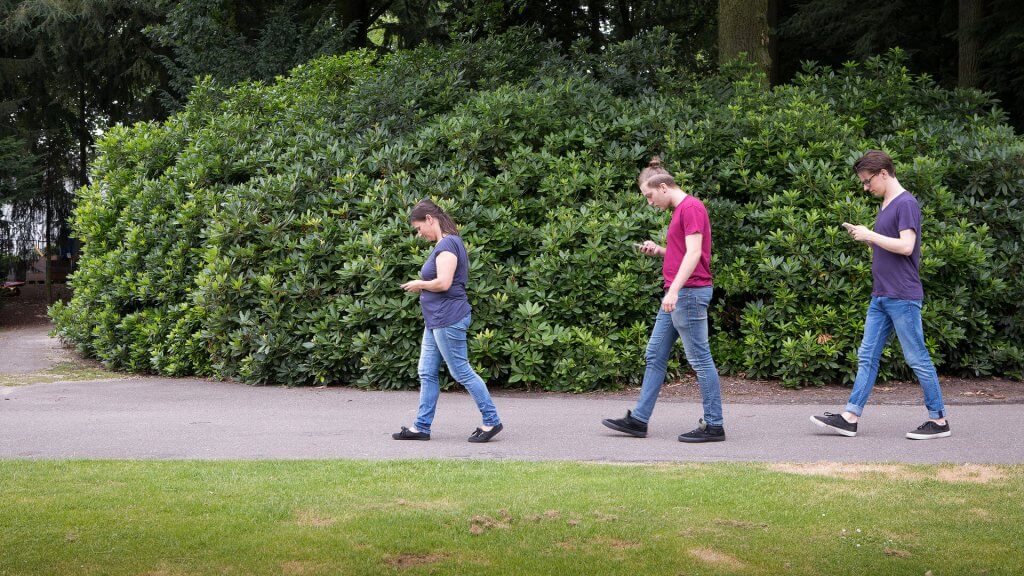Share
Gamification has taken a new turn – one which people can hardly have failed to notice – with Pokémon Go. Much has been said about the way it has motivated people to walk in search of the Pokémon rewards. Clear evidence, were any needed, of the power of gamification to persuade people to do things they otherwise wouldn’t.
From a technology point of view Pokémon Go is equally interesting. Its successful use of a form of augmented reality has caught many organisations on the hop. Primarily the ones who have invested heavily in virtual reality. They fear the simpler to develop augmented environment offers a wider and more accessible appeal, at a cost they simply can’t match.
But looking at augmented reality from the wider learning angle, it is about much more than gamification. After all, if gamification is the use of gamified techniques in learning, then just adding augmented reality doesn’t automatically qualify, any more than the using virtual reality does. Proper gamification only really happens we measure some kind of achievement, which is in turn relevant to the learning objectives. To do that we usually need some kind of data measure.
Pokémon Go has shown us how to integrate augmented reality and gaming. We now have to discover how to integrate augmented reality and learning.
So the creation of new worlds, or superimposing objects on the real one, does not in itself constitute ‘gamification’. We also need some kind of motivating target, which is of course the genius of Pokémon Go. It is the objective and the challenge that motivates the learner to do the task. Augmentation merely provides the backdrop. But, my word, how useful a backdrop can the real world be when it comes to learning. Especially for aspects such as skills training and learning in hazardous situations. Could it be that ‘augmented reality learning’ is about to expand the use of devices into new areas, supporting the acquisition of apprentice’s skills and new work practices previously unaddressed by elearning practitioners?
Pokémon Go has shown us how to integrate augmented reality and gaming. We now have to discover how to integrate augmented reality and learning. That’s not just in a single package. We also need to build it in as part of our integrated learning mix. In this case, the development of LTI, the latest standard that supports the integration of different devices to unifying learning information look timelier than ever. Applications such as learningCloud, with its broad view of learning and learning gathering become more relevant than ever as a way of managing these increasingly diverse methods of delivering learning information.
Share

